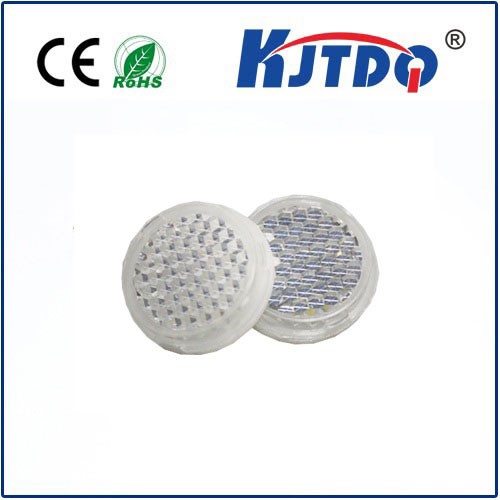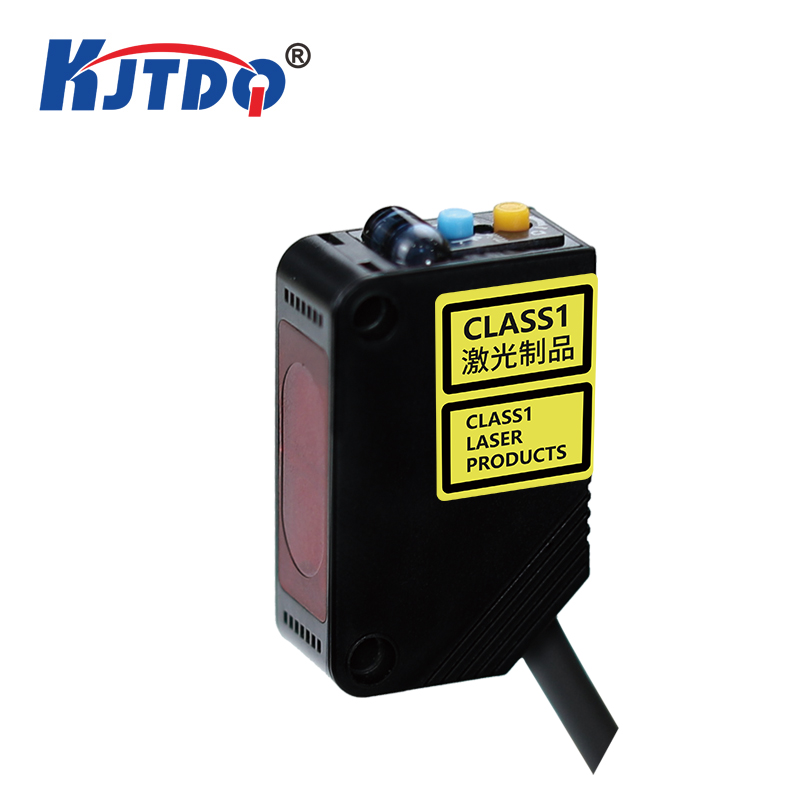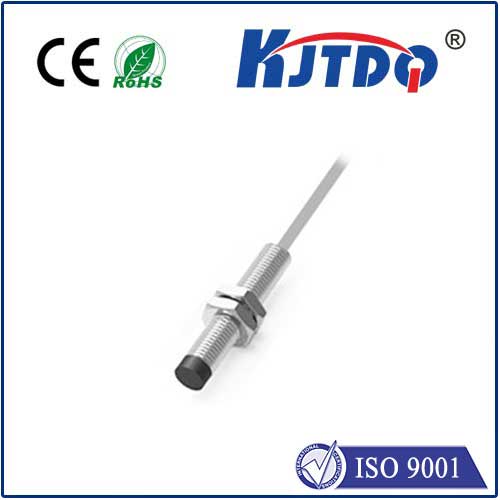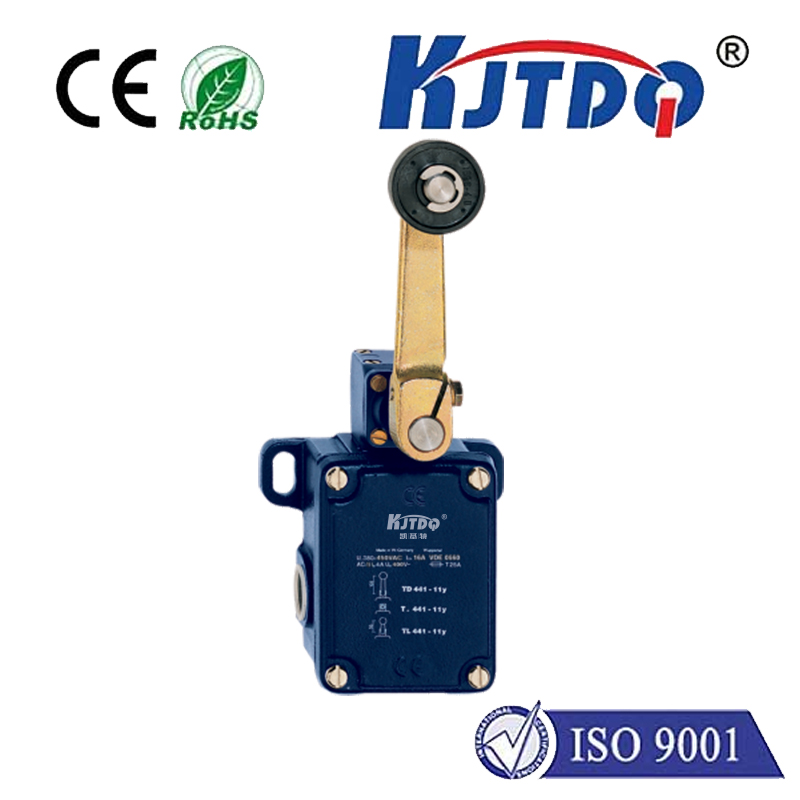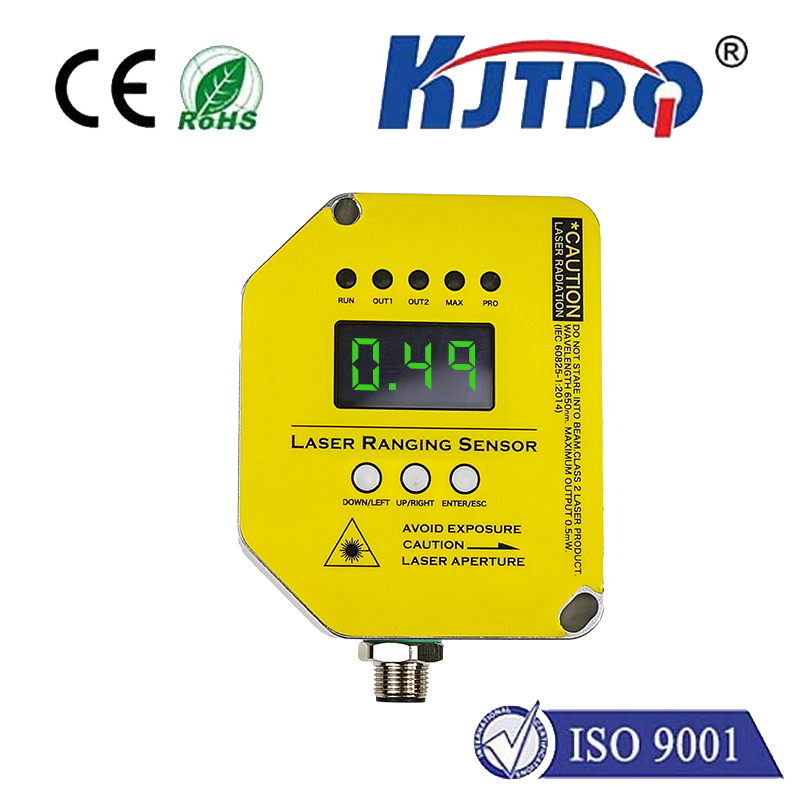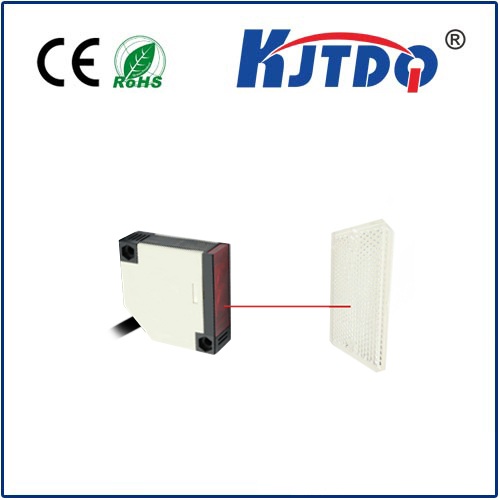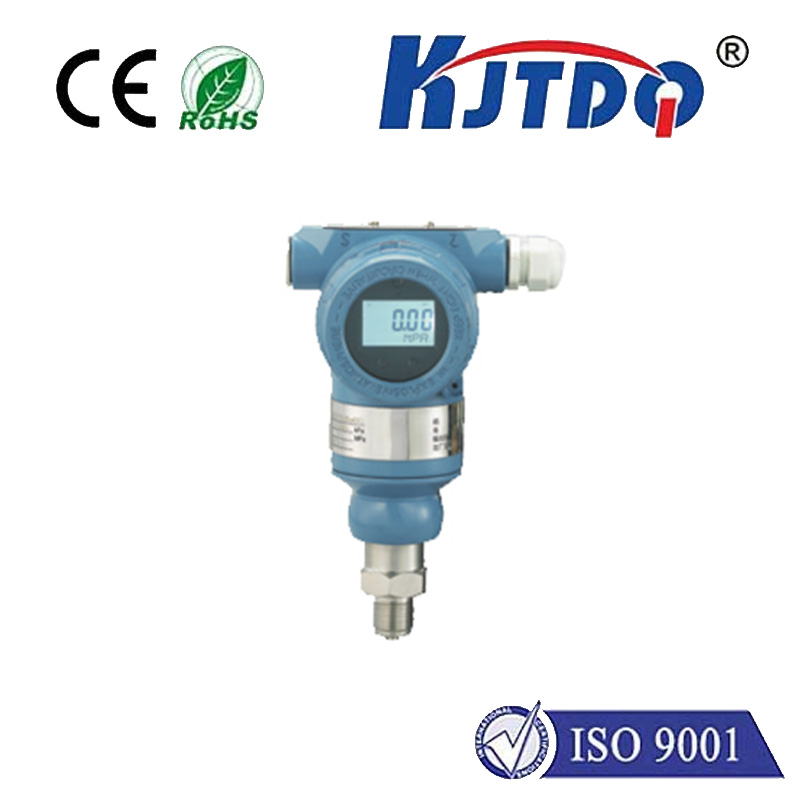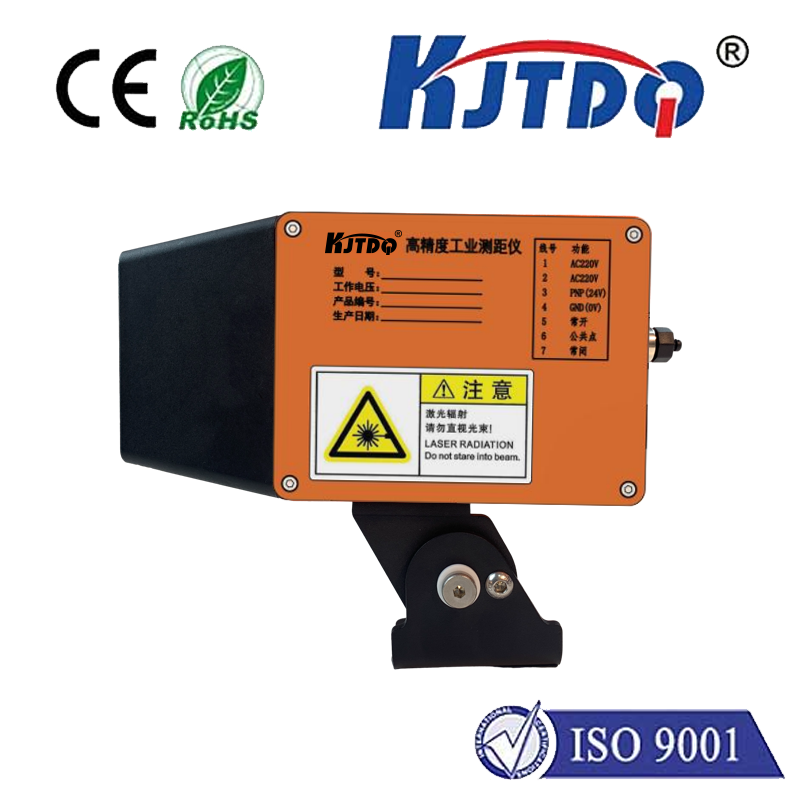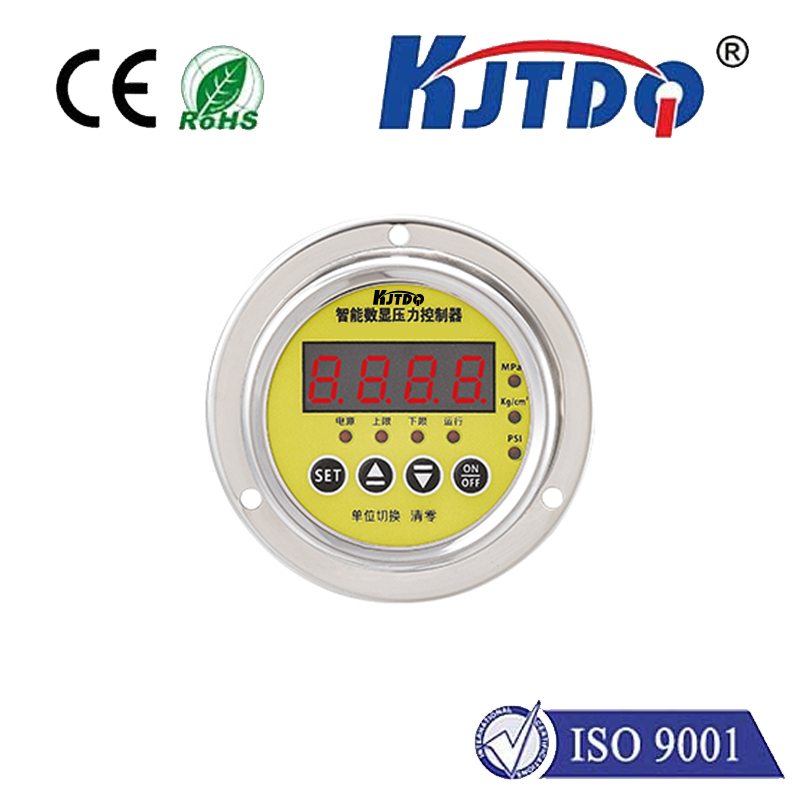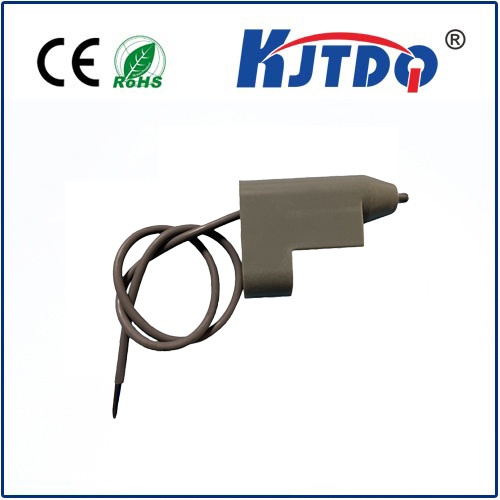
check

check

check

check
Sensor and Reflector: The Silent Partners in Automated Sensing
In the world of automation, sensors and reflectors work hand-in-hand to provide essential information for machines to function efficiently. These silent partners are critical components in a broad range of automated systems, from automotive safety features to industrial automation processes, where their precise and reliable operation is paramount. In this article, we will delve into the roles of sensors and reflectors in automated sensing, elucidating how they complement each other to enable advanced technological applications.
Firstly, let's clarify what we mean by sensors and reflectors. A sensor is a device that detects changes in its environment and sends corresponding signals for interpretation or measurement. Reflectors, on the other hand, are devices designed to reflect light or other forms of radiation back to the source or another detector. In the context of automated sensing, these two elements often work together to measure distances, identify objects, or even monitor environmental conditions.

One of the most common examples of sensor and reflector collaboration can be found in Lidar (Light Detection and Ranging) technology. Here, a laser sensor emits a beam of light that strikes a target and bounces back after reflection. The time taken for the light to return to the sensor provides precise measurements, allowing for the creation of detailed 3D maps or for vehicles to sense their surroundings for self-driving purposes.
In manufacturing industries, sensors equipped with reflectors help maintain quality control standards. For example, photoelectric sensors use reflectors to detect the presence or absence of objects on a conveyor belt, ensuring proper assembly line operations without human intervention. This combination improves efficiency by reducing downtime and increasing product output consistency.
Safety systems like automatic braking also incorporate sensors and reflectors. Radar sensors, for instance, emit radio waves that reflect off approaching vehicles. If the reflected signal indicates an imminent collision, the system can trigger brakes automatically to prevent accidents. Such systems save lives by responding faster than a human driver possibly could.
Reflectors also play a crucial role in traffic management. Highly visible and retroreflective materials ensure that road signs and delineators remain visible to drivers at night or in adverse weather conditions, enhancing road safety and directing traffic effectively.
Moreover, the agriculture industry utilizes sensors and reflectors in precision farming techniques. Sensors can measure soil moisture levels, while reflectors mounted on drones help in crop monitoring by reflecting light back to cameras, aiding in health assessments across vast areas. This combination allows farmers to make data-driven decisions about irrigation and harvesting, leading to more sustainable and efficient practices.
Lastly, within the realm of medical diagnostics, sensors combined with reflective technologies are being developed for minimally invasive procedures and diagnostic imaging. Optical sensors can detect subtle changes in tissue reflectivity, contributing to early detection of diseases such as cancer without the need for invasive biopsies.
In conclusion, the partnership between sensors and reflectors in automated sensing is one of quiet efficacy and unheralded importance. Whether it's enhancing vehicle safety, improving manufacturing processes, or revolutionizing agricultural practices, these technologies work behind the scenes to deliver precise and reliable data. As we continue to push the boundaries of automation and seek ever-more sophisticated solutions, the silent duo of sensor and reflector will undoubtedly continue to play a vital role in shaping our future.
